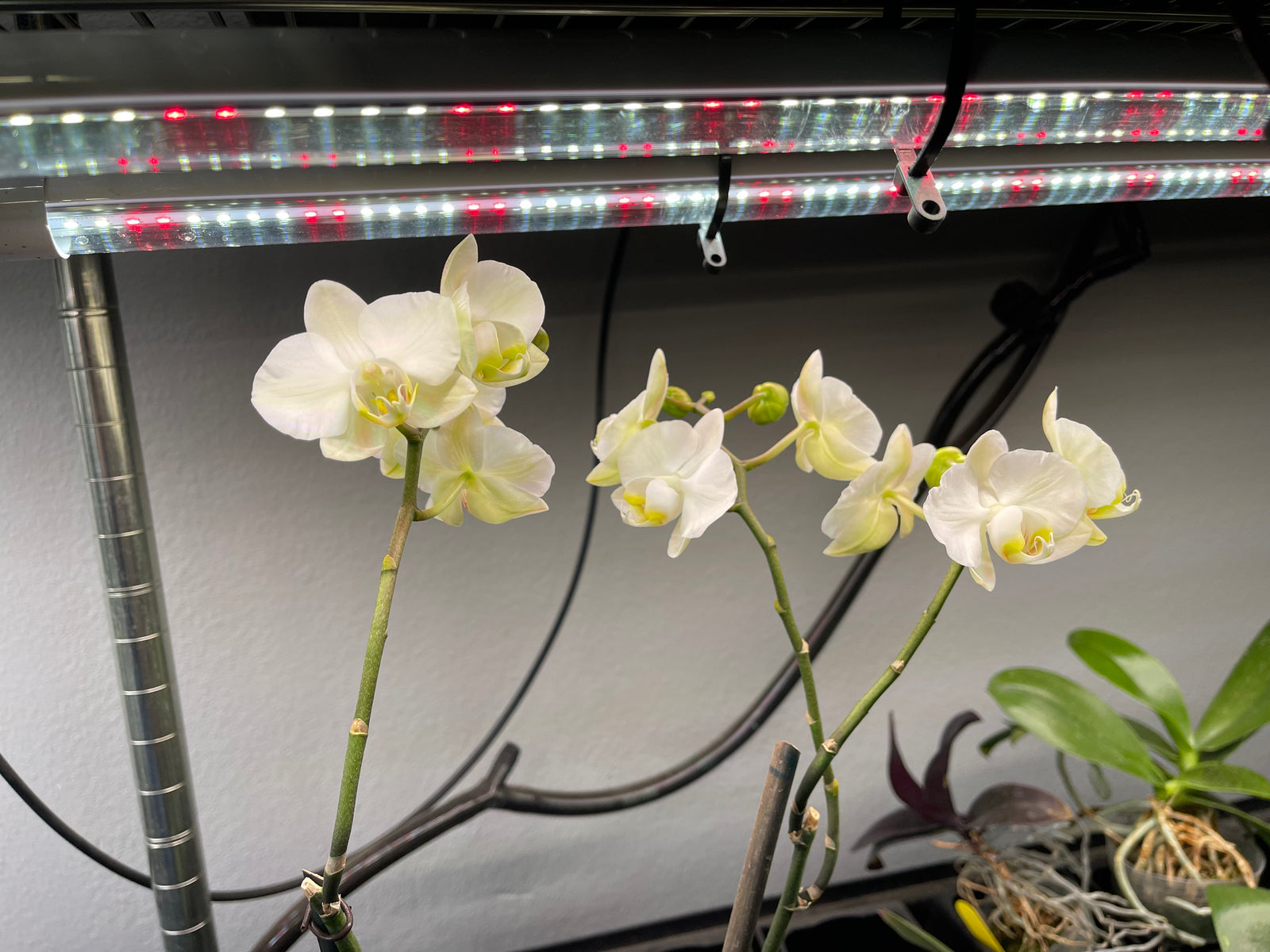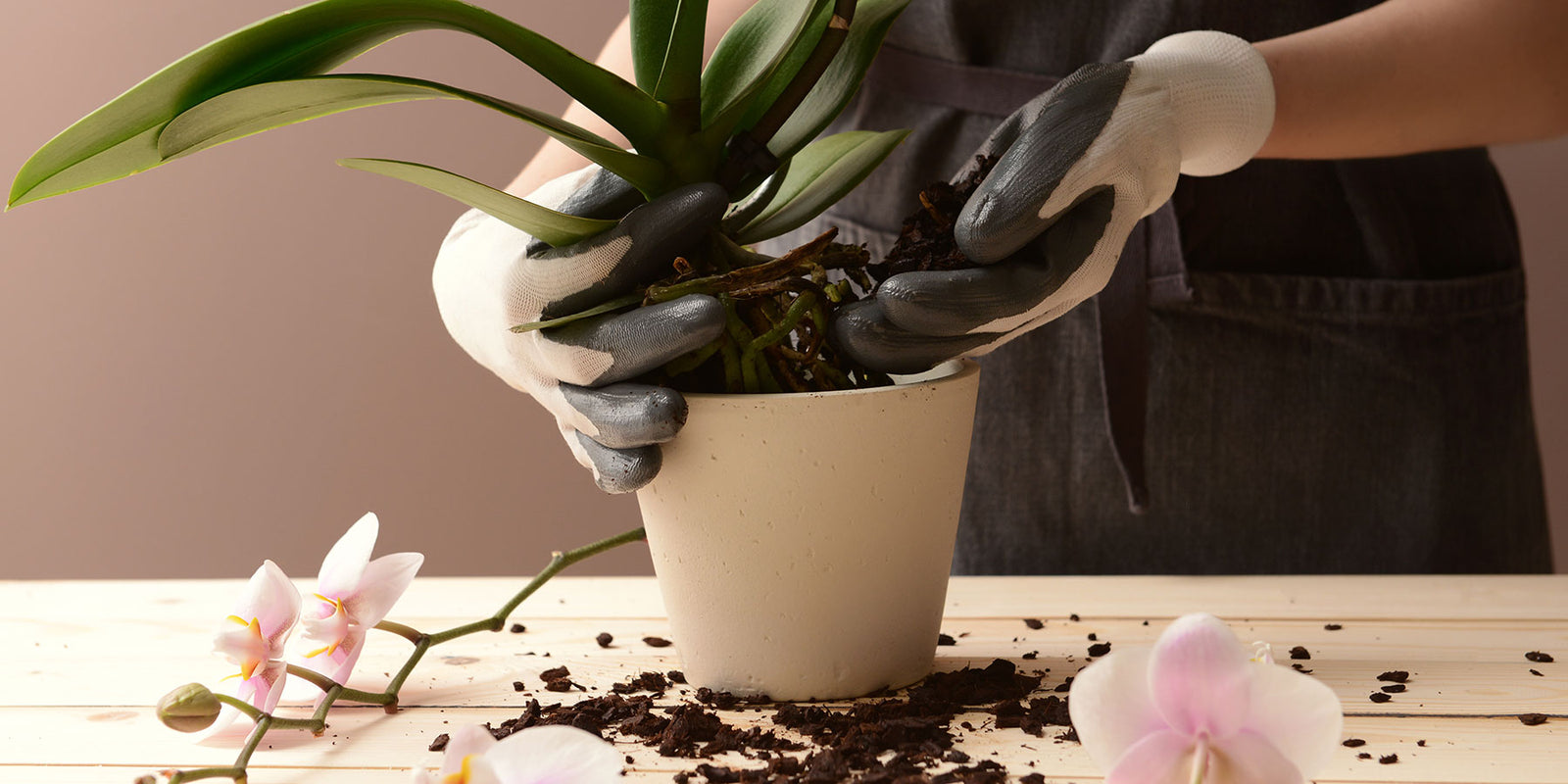There are a few different types of PAR meters that are commonly used:
-
Handheld PAR meters: These are portable meters that can be carried around and used to measure PAR in different locations. Handheld PAR meters are convenient for taking readings in different areas and are often used for research or fieldwork.
-
Fixed PAR meters: These meters are mounted in a fixed location and are used to measure PAR over a specific area. Fixed PAR meters are often used in greenhouses or other controlled environments where consistent lighting conditions are important.
-
Data logging PAR meters: These meters are equipped with a memory function that allows you to store multiple readings over a specific period of time. Data logging PAR meters are useful for monitoring PAR levels over time and can be used to track changes in lighting conditions.
-
Wireless PAR meters: These meters are equipped with a wireless module that allows you to transmit data to a computer or other device. Wireless PAR meters are convenient for remotely monitoring PAR levels and are often used in large commercial operations.
-
Digital PAR meters: These meters are equipped with a digital display that allows you to see the reading in real-time. Digital PAR meters are convenient for quickly taking readings and are often used in research or fieldwork.
-
Analog PAR meters: These meters are equipped with an analog dial or needle that indicates the intensity of PAR. Analog PAR meters are often used in research or fieldwork and may be more accurate than digital meters in some cases.
When selecting a PAR meter, there are a few things to consider:
-
Accuracy: It is important to choose a meter that is accurate, as this will ensure that you are getting reliable readings. Look for meters that have been calibrated and verified for accuracy.
-
Range: Make sure that the meter you choose is capable of measuring PAR over the range of wavelengths that you are interested in. Most PAR meters are designed to measure PAR within the 400-700 nm range, but some may have a wider or narrower range.
-
Resolution: The resolution of the meter will determine how precise your readings are. A higher resolution meter will be able to give you more precise readings, but it may also be more expensive.
-
Portability: If you plan on taking your meter with you to different locations, choose a portable meter that is easy to carry and use. Handheld PAR meters are a good option for this.
-
Data logging: If you want to track changes in PAR over time, consider a meter that has a data logging function. This will allow you to store multiple readings and track changes in PAR levels.
-
Price: PAR meters can vary in price, so consider your budget when choosing a meter. Keep in mind that more expensive meters may offer additional features or higher accuracy, but they may not be necessary for your specific needs.
So with all this in mind what would I recommend as the most basic PPFD meter you should consider? Right now as of writing this Blog I would say it would be this one: https://www.amazon.com/Hydrofarm-LGBQM-Quantum-Micromol-Sensor/dp/B0055F59LA/ref=sr_1_10?gclid=CjwKCAiA-8SdBhBGEiwAWdgtcD47qkIZny3feK0rn_68h810hpKEcAPosBOa7Ojwlqnf7ah-EEVrDBoCpNwQAvD_BwE&hvadid=409940754135&hvdev=c&hvlocphy=9031516&hvnetw=g&hvqmt=e&hvrand=10581270662565095664&hvtargid=kwd-384655467555&hydadcr=24658_11410762&keywords=par+quantum+meter&qid=1672602904&sr=8-10&ufe=app_do%3Aamzn1.fos.f5122f16-c3e8-4386-bf32-63e904010ad0 found on Amazon. It will measure 400-700 nm. That makes it about 15% inaccurate right off the start if you are using it to measure my LEDs, but it will measure PAR.
If you have the budget I would buy this one: https://www.apogeeinstruments.com/dli-600-epar-daily-light-integral-and-photoperiod-meter-epar-400-750-nm/ It is quite a bit more however, for the additional money you get a scientific grade instrument capable of measuring ePAR (400-750 nm), and DLI. That means it can accurately measure my LEDs. and capture the Day Light Integral. This is a piece of equipment worth having if you have a lot of different growing scenarios. This is one of the meters I use myself because of the ePAR metering and DLI. You can see it pictured as the cover photo of this Blog. I have it mounted on a small tripod and set in Norman's Orchid Nursery taking readings every 10 seconds 24 hours a day over a 90 day period.






Leave a comment (all fields required)